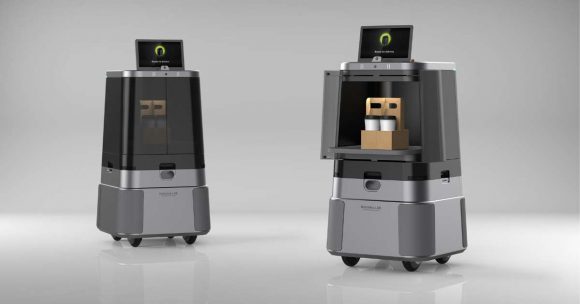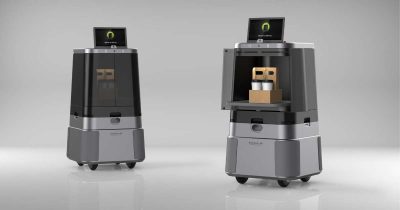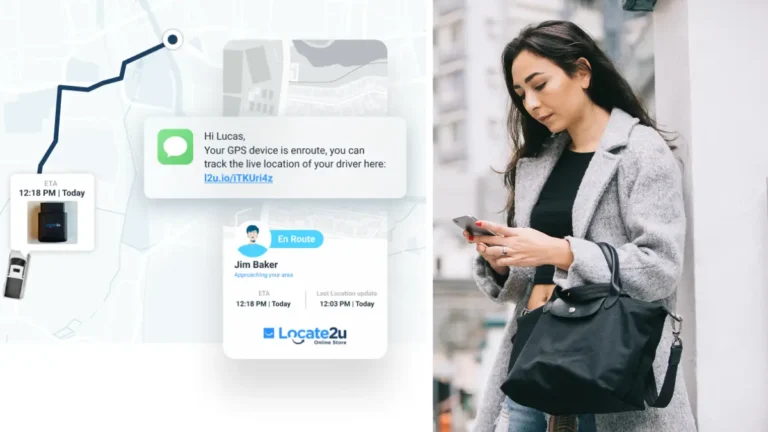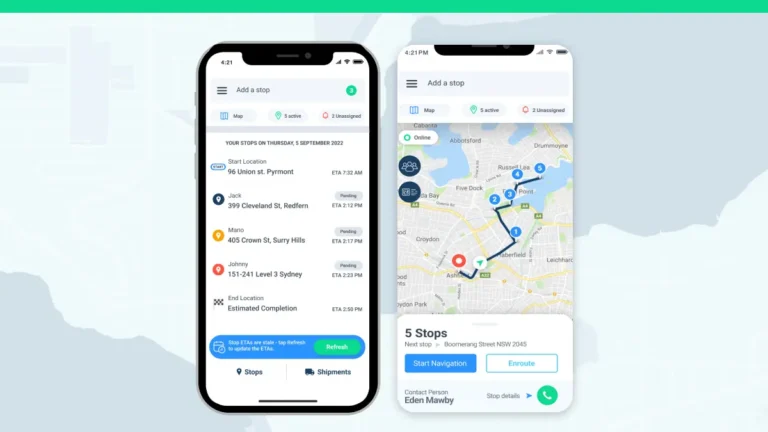Hyundai Motor and Kia have introduced the latest iteration of the DAL-e Delivery platform, showcasing cutting-edge advancements in logistics technology.
Building on the delivery robot model introduced in December 2022, this enhanced version is designed to optimize delivery performance in intricate environments such as office complexes and shopping centers.
We see autonomous food delivery being implemented at a fast pace. In February, The University of South Carolina, in partnership with Grubhub and Starship Technologies, announced an initiative where students and staff can access on-demand robots for food delivery.
Uber Eats has also launched food delivery robots in Japan. At the time of the announcement, Hintaro Nakagawa, Uber Eats Japan CEO, said: “Uber Eats already offers delivery by bike, motorbike, light cargo, and on foot, but in the future, robots will add a whole new way to make deliveries.”
Reliable delivery
DAL-e Delivery achieves a top speed of 1.2 m/s and navigates easily around obstacles and in narrow passages.
Here’s a scenario: A working professional needs a coffee fix for the busy day ahead. Instead of taking an elevator and standing in a long queue with fellow coffee fanatics, this new robot technology can ensure no wasted time – and the coffee craving is satisfied.
Dong Jin Hyun, vice president and head of the robotics lab at Hyundai Motor and Kia says DAL-e Delivery offers efficient and reliable food and beverage and parcel dispatch services to ensure customers receive goods on time. “Our vision extends to implementing infrastructure interworking across diverse spaces, including offices, restaurants and shopping malls,” says Hyun.
Autonomous driving
The key feature of the DAL-e Delivery is its autonomous driving feature, which allows it to navigate multiple levels of a building, seamlessly integrating with elevator and door systems. Additionally, it enhances delivery speed by calculating the most efficient routes in real-time.
The cargo area of the delivery robot features an internal light that simplifies item identification. When the door opens, the storage tray extends outward, making it easier for users to load and unload items efficiently.
Autonomous Mobile Robots Market
Precedence Research reports the autonomous mobile robots (AMR) market is set for excellent growth in the next eight years.
“One of the key elements anticipated to assist the market’s growth is the expanding use of robots in numerous industrial sectors. Some of the reasons that are projected to fuel the expansion of the market include technical advancement, increasing awareness of the advantages of autonomous robots in emerging economies, and expanding application areas for autonomous robots.”
The report adds that the e-commerce sector’s massive growth over the past few years is primarily driving up AMR demand in the logistics sector. For example, Walmart’s online sales increased by 300% during the beginning of the epidemic.
ALSO READ: Robotics trends for 2024: What’s the impact on logistics?
Photo Credit: Hyundai Motor and Kia
About the author
Sharl is a qualified journalist. He has over 10 years’ experience in the media industry, including positions as an editor of a magazine and Business Editor of a daily newspaper. Sharl also has experience in logistics specifically operations, where he worked with global food aid organisations distributing food into Africa. Sharl enjoys writing business stories and human interest pieces.











